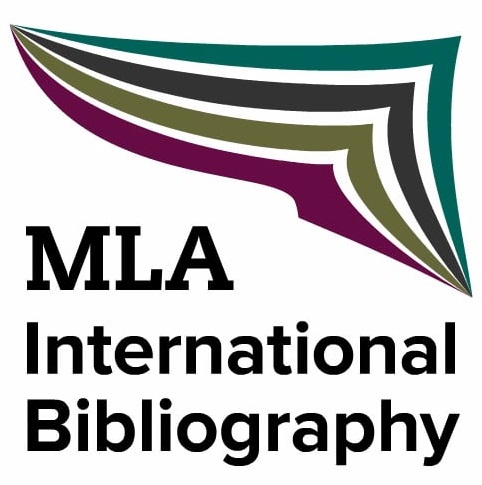Callidae Iuncturae
Patterns of Perception in Visual Poetry
DOI:
https://doi.org/10.13135/2281-6658/5910Keywords:
Technopaegnion, Carmen figuratum, Concrete Poetry, Gestalt, Visual StudiesAbstract
The desire or the need to elaborate poetry in graphic or iconic form has manifested itself in various cultures in different parts of the world and in different periods of history, so much so as to cause genuine semiotic interference. The Alexandrian technopaegnion, the medieval pattern poem, calligrams and twentieth-century concrete poetry all share schemes, logics and solutions that seem to exclude any conditioning caused by their cultural context. In his seminal study La parola dipinta (1981), Giovanni Pozzi examines the different logo-iconic experiences in a single critical perspective, despite, as he himself points out, there being no relationship of historical or cultural continuity or stylistic derivation among them. A morphological approach is therefore fundamental in order to identify their ‘elective affinities’ and formulate hypotheses about the reasons for their recurrence. Starting from Pozzi’s reflections, this text integrates the theories of Gyorgy Kepes, Rudolf Arnheim and Ernst Gombrich about the schematism of visual perception in order to focus on the logo-iconic configuration that are consistent across various eras and identifies the connections with the perceptual conditions in creative relationships with the written page. In the light of a certain physical connaturality of writing and drawing (also noted by Pozzi) and of the measured nature of poetic text, this paper seeks to demonstrate how, despite the discontinuous and irregular nature of their appearance, logo-iconic instances are not an attempt to force the poetry, but rather are attempts to reveal the deepest nature of the written poetry itself.
Downloads
Downloads
Published
Issue
Section
License
Authors keep the copyrights for their work and give the journal the work’s first publication copyright, which is at the same time licensed under a Creative Commons License – Attribution, which in turn allows other parties to share the work with an acknowledgement of the work's authorship and initial publication in this journal.
Content Licence

You are free to copy, distribute and transmit the work, and to adapt the work. You must attribute the work in the manner specified by the author or licensor (but not in any way that suggests that they endorse you or your use of the work).
Metadata licence

CoSMo published articles metadata are dedicated to the public domain by waiving all publisher's rights to the work worldwide under copyright law, including all related and neighboring rights, to the extent allowed by law.
You can copy, modify, distribute and perform the work, even for commercial purposes, all without asking permission.





